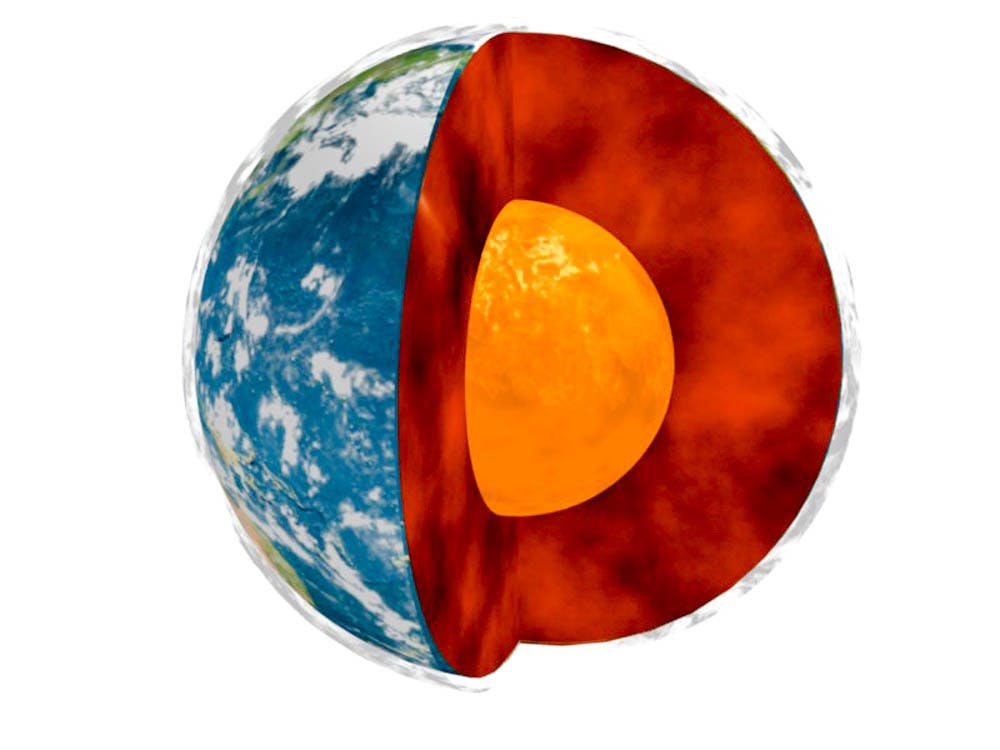The Earth is a dynamic system, constantly in motion both above and below its surface.
The movement of layers below the surface that compose the Earth’s mantle influence the movement of several rigid plates on the surface. This churning mixes different materials within the mantle, generating unique masses of matter. These blobs — referred to as mantle heterogeneities by geologists — vary in size, ranging from a few centimeters to thousands of kilometers in diameter.
Utilizing constraints on both the composition and size of these masses, scientists hope to explore how mantle flow drives the movement of tectonic plates. Geochemists have analyzed the composition of rock samples from mid-ocean ridges to infer the makeup and occasionally the size of these masses. This type of study is limited naturally by its small scale, as geographical areas analyzed may be as small as a few centimeters in length.
Researchers have also used seismic waves generated by earthquakes — which produce larger scale data — to gather information about these heterogeneities. These studies cover areas of 10 to 100 kilometers in length.
However, few researchers have studied an intermediate length scale of just a few kilometers.
A new study co-authored by Boda Liu GS and Yan Liang, professor of earth, environmental and planetary sciences, sheds new light on magma generation processes that reveal mantle heterogeneities of one to 10 kilometers in size. By focusing on the intermediate scale, the study fills the knowledge gap regarding the size of heterogeneous masses generated by the mantle flow to the surface.
Liu and Liang centered their research on Neodymium isotope variations between magmas and residue rocks called peridotites, which were sampled along mid-ocean ridges. Like fingerprints, Neodymium isotopes can be used to trace mantle materials of different compositions or origins. The team found that the magma from the mantle — which rises to the top of the tectonic plate to form new surface crust — had a relatively uniform Neodymium isotope composition, while the residue peridotites were more heterogenous and had a different average composition compared to the magma.
The group was able to explain this difference through its discovery that the size of heterogeneous mantle masses beneath mid-ocean ridges is significant. The magma is mobile and thus able to mix more efficiently beneath mid-ocean ridges, while heterogeneous blobs in the residue do not easily mix with surroundings unless the size of masses inside them is smaller than one kilometer, Liu and Liang said.
Based on their findings, Liu and Liang concluded that masses on kilometer scale must be widely distributed in the mantle, a new finding in the field. Based off their work, the team hopes that the broader scientific community will help explain how deep mantle processes produce these masses, Liu and Liang said.
Richard Katz, professor of geodynamics at the University of Oxford, wrote in an email to The Herald that the paper was a substantial contribution to the field, providing insight regarding a scale of study on heterogeneities that is often difficult to quantify. “Boda Liu and Yan Liang are among the few people in the world who are addressing this challenge,” Katz wrote. “There is still much to do in this area of research but this paper establishes an avenue of progress and takes a large step down it.”





